Mushroom anatomy encompasses several critical components, each playing an integral role in the mushroom's life cycle, which includes growth, reproduction, and survival. The cap, or pileus, serves as the uppermost part of the mushroom, acting as a protective layer for the gills or pores, which are crucial to spore production.
Located beneath the cap, these gills, or lamellae, are thin, rib-like structures that generate spores, although some mushrooms possess pores or teeth instead. The stem, also known as the stipe, is a tall structure supporting the cap and may have a ring or annulus—a remnant of the partial veil that once covered the maturing gills.
The mycelium, comprising a network of fine white filaments called hyphae, functions as the vegetative part of the fungus. It absorbs nutrients from its environment and can expand over extensive underground areas. Lastly, the spores, minuscule reproductive units produced in the gills or pores, are released into the environment when they mature, where they germinate and establish new mycelium.
Understanding these components of mushroom anatomy is crucial, especially for those engaged in foraging, as it can aid in correctly identifying edible mushrooms and distinguishing them from poisonous varieties.
This article will delve deeper into the core components of mushroom anatomy mentioned above, exploring each part's function and significance in greater detail. By recognizing these components' critical roles in a mushroom's life, you'll gain a richer appreciation of mushrooms and their vital place within our ecosystems.
Decoding the Mushroom: An Overview of Key Terms and Structure
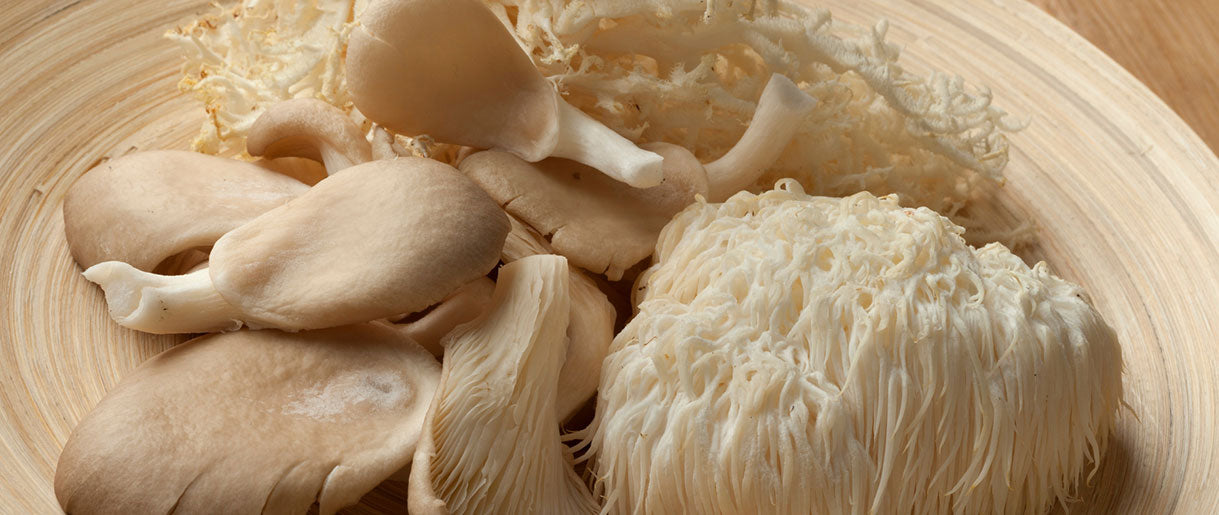
A mushroom is an intriguing entity. To appreciate its complexity, it's essential first to understand some key terms associated with mushroom anatomy.
The mushroom cap, often the most visible part of a mushroom, serves as a protective shield for the mushroom gills. These gills are structures on the underside of the mushroom cap where mushroom spores—microscopic units responsible for mushroom reproduction—are produced and eventually released.
The mushroom stem, or stipe, elevates the mushroom cap. In contrast, the mushroom mycelium—a network of fine white filaments—is part of the mushroom, usually hidden from sight, silently working beneath the surface.
Mushroom fruiting bodies, also known as mushroom fruit bodies, are what we typically recognize as mushrooms. They emerge from the mycelium to release spores into the environment, continuing the mushroom life cycle.
Mushroom Life Cycle: A Journey from Spore to Fruiting Body
The life cycle of a mushroom is a complex process, initiated when mushroom spores, which can be either male or female, are released from the parent mushroom's gills. These microscopic spores then disperse in the environment and under the right conditions, germinate and develop into mycelial networks. This is where the journey of a mushroom begins.
Over time, the mycelium may form fruiting bodies in response to specific environmental triggers, marking a new phase in the mushroom life cycle. The emergence of these fruiting bodies is a testament to the successful growth of a mushroom, and it's this part of the cycle that many mushrooms enter our line of sight.
From Cap to Mushroom Stem: The General Structure of a Mushroom
When we think of mushrooms, we usually visualize their fruiting bodies, which consist of several main parts of a mushroom: the cap, the gills, and the stem. The mushroom cap is the umbrella-like structure that crowns the mushroom. Beneath this cap, the mushroom gills house the spores, ready for release when the conditions are right.
The mushroom stem, supporting the cap, stands as the pillar of the mushroom fruiting body, sometimes featuring a ring-like structure. Lastly, the unseen part of a mushroom is the mycelium—a vast, web-like network of hyphae, which are responsible for absorbing nutrients from the surroundings, facilitating the growth of the mushroom fruiting body, and eventually the release of spores, thus continuing the mushroom life cycle.
A Bounty of Benefits: Mushrooms Beyond the Kitchen
Beyond the fascinating world of mushroom anatomy, these organisms offer many health benefits. From providing essential nutrients to potential medicinal properties, functional mushrooms have gained popularity in recent years. Whether you're consuming mushrooms in a delicious meal or exploring the health benefits of mushrooms in supplement form, these organisms pack a punch.
It's also worth noting that organic mushrooms, grown without synthetic fertilizers and pesticides, offer a cleaner and potentially more nutrient-dense option. So, whether you're an enthusiast growing mushrooms at home or someone keen on incorporating more functional mushrooms into your diet, understanding mushroom anatomy can enrich your overall experience and appreciation for these fantastic fungi.
Beneath the Cap: The Intricacies of The Anatomy of a Mushroom
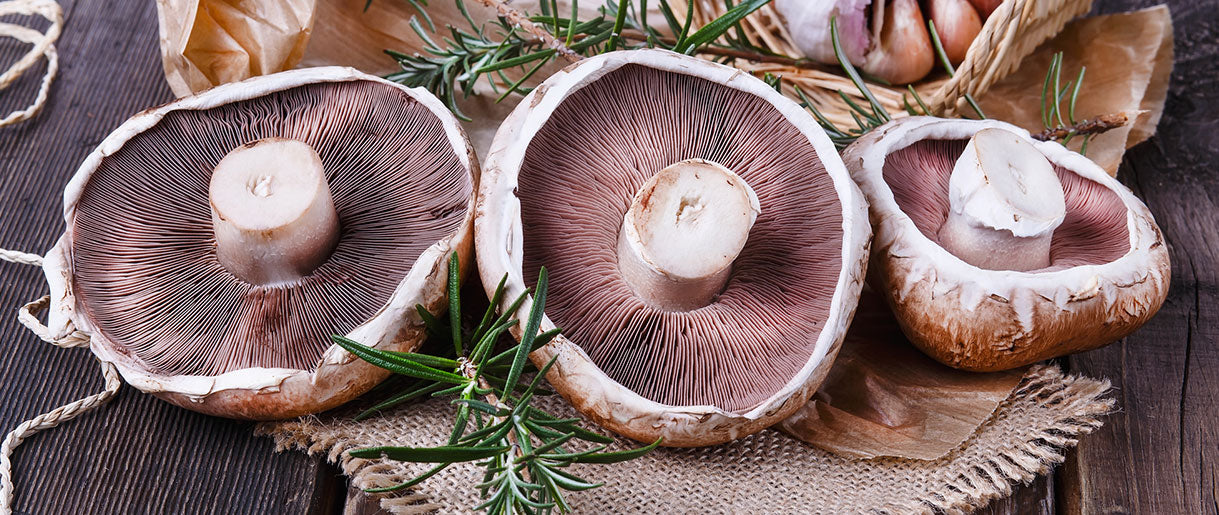
The anatomy of a mushroom is complex and diverse, contributing to each species' unique characteristics and functions. To appreciate the intricate anatomy, let's delve into each part of the mushroom in more detail.
The Mushroom Cap (Pileus): The Protective Umbrella
The mushroom cap, or pileus, often acts as the 'face' of a mushroom. It is a broad, umbrella-like structure perched on top of the stem or stalk.
Its primary function is to shield the delicate gills or spore-producing surface beneath it. For instance, the cap of the Lion's mane mushroom isn't your typical cap. Instead, it features cascading, hair-like growths that add to its unique structure.
The Underneath Story: Mushroom Gills (Lamellae)
You'll find the gills or lamellae beneath the cap of many, but not all, mushrooms. These are thin, blade-like structures radiating from the mushroom stem's base, playing a crucial role in the mushroom's reproduction.
They house the mushroom spores, the microscopic reproductive cells, which they release as the mushroom matures. For example, these structures are densely packed in gilled mushrooms like the button mushroom, facilitating efficient spore production.
Holding it High: The Mushroom Stem (Stipe)
We find the mushroom stem or stalk moving down from the cap and gills.This tall, supportive structure elevates the cap and can vary significantly in length, thickness, and shape in different species. For instance, the hedgehog mushroom's stem is quite thick and sturdy, contrasting with other mushrooms like the delicate stems of turkey tail mushrooms.
The Invisible Web: Mycelium
The mushroom mycelium, the often unseen part of a mushroom, plays a crucial role in the mushroom lifecycle. It forms a vast, web-like network of filaments in the soil or organic matter, from which the mushroom fruiting body emerges when conditions are right. The mycelium grows, feeding off organic matter, and when conditions are favorable, it can produce mushrooms—essentially, the fruiting bodies.
The Silent Propagators: Mushroom Spores
Spores are at the heart of mushroom reproduction. These microscopic entities, either male or female spores, are carried away from the parent mushroom by wind or water, where they germinate to produce new mushrooms. They are typically located on the gills, though they are found on unique spines or teeth in other mushrooms like the hedgehog mushroom.
Mushrooms: Not Just for Cooking

Mushrooms, particularly functional mushrooms like Lion's mane mushroom and turkey tail mushrooms, are gaining popularity for their culinary uses and health benefits. The Lion's mane mushroom, for instance, has been linked to cognitive health benefits, while the benefits of turkey tail extend to supporting a healthy immune system due to their high beta-glucan content.
Medicinal mushrooms have long been used in traditional Chinese medicine, and ongoing research continues to uncover their potential for human health. For instance, beta-glucans, compounds found in many medicinal mushrooms, are known to support immune cells, contributing to a robust immune system and a healthy cardiovascular system.
Because of their health benefits, mushroom supplements are gaining popularity in the modern diet, with many people using them to improve their health. For example, people use Lion's mane for memory, while mushroom supplements containing cordyceps are used for libido and energy.
The Art of Mushroom Identification: Why Anatomy Matters
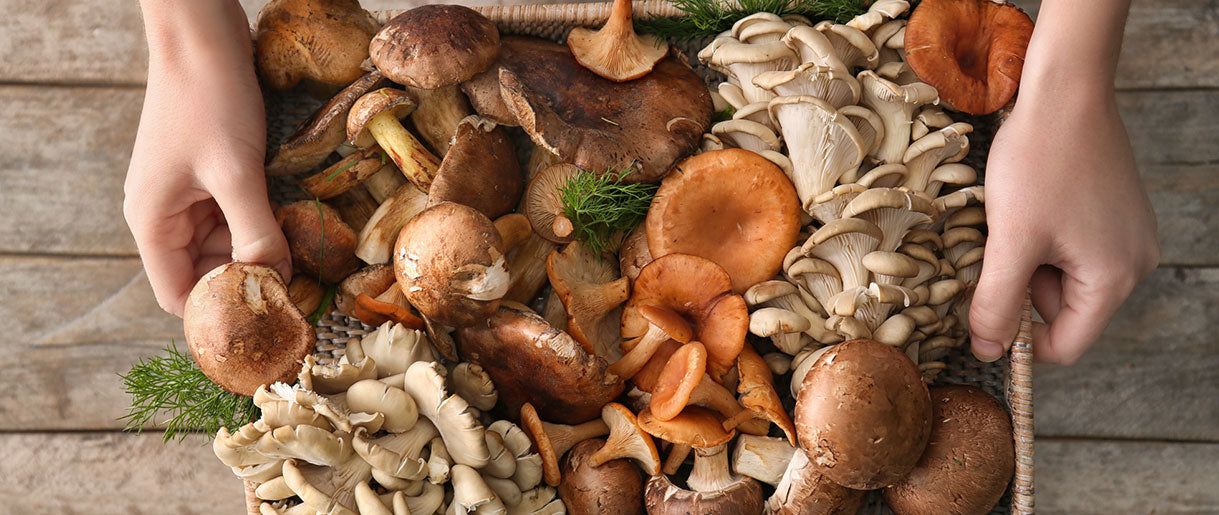
When it comes to mushrooms, appearances can be deceiving. Correct identification, therefore, is crucial, and this is where understanding the anatomy of a mushroom comes into play. From the shape and size of the fruiting body to the structure of the mushroom mycelium, these characteristics can help accurately identify different mushroom species.
Anatomy as a Guide: Recognizing the Unique Features
Each part of a mushroom, from the cap to the stalk, offers clues to its identity. For example, the appearance of the mushroom stalk or stem can significantly differ between species. Some have a thick, sturdy stalk like many button mushrooms, while others, like certain tree fungi, might lack a stalk entirely. A ring's color, texture, and presence on the mushroom stalk can also provide valuable identification information.
The mushroom's fruiting body, which includes the cap, gills, and stalk, often holds vital identifying features. The shape of the cap, the color and arrangement of the gills, and even the way they produce and spread spores can help pinpoint a mushroom's identity.
Beneath the surface, the mushroom mycelium, though not typically visible without digging into the substrate, can also provide clues. For example, some species form a dense, mat-like mycelium, while others produce a more sparse, thread-like network.
The Stakes of Misidentification: Culinary and Safety Implications
Correct identification isn't just for academic interest—it also has practical implications, especially in culinary and safety aspects. Not all mushrooms are created equal. Some are culinary delights, some have impressive health benefits, and some, unfortunately, are poisonous. Misidentification can lead to serious health risks, so a detailed understanding of mushroom anatomy can be a crucial safety tool.
The mushroom supplement industry also depends on accurate identification. Consumers seeking the health benefits of specific species must trust that the mushroom supplement they choose contains the desired species.
A Look-alike Dilemma: Commonly Mistaken Mushroom Species
Several species resemble one another in the mushroom world, leading to potential misidentification—for example, Reishi look-alikes exist. It's vital to remember that while two mushrooms might appear similar at first glance, subtle differences in the parts of a mushroom can reveal their true identities. For example, some harmful mushrooms might mimic the physical appearance of harmless ones, but a closer look at their cap, gills, or stalk may unveil their true nature.
Mushroom Anatomy and Ecosystems: A Symbiotic Dance
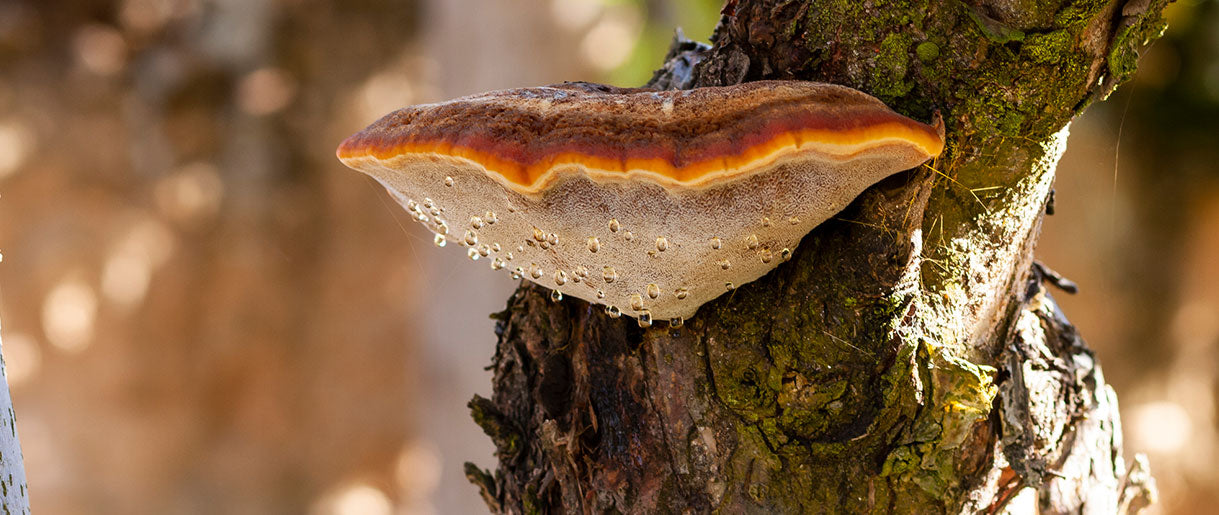
Mushrooms, with their complex structures and intricate life cycles, play vital roles in ecosystem function and health. Beyond their striking appearances and culinary uses, the anatomy of a mushroom contributes significantly to nutrient cycling, biodiversity, and even combatting environmental issues.
Nutrient Recyclers: The Role of Mushrooms in Ecosystem Function
The intricate structure of a mushroom, from the cap and mushroom stems to the intricate network of mycelium, plays an essential role in nutrient cycling. When a mushroom produces spores, they are carried by wind or water to new locations where they can germinate and form a new mushroom. This process helps distribute organic matter and nutrients across the ecosystem, contributing to its overall health and productivity.
Mushrooms also form mutualistic symbiotic relationships with plants and animals. Thanks to their extensive mycelium network, many mushroom species connect with plant roots, facilitating the exchange of nutrients. They provide plants with essential minerals while receiving sugars in return. Some species even form relationships with insects, providing them with food or shelter, further contributing to the overall ecosystem function.
The Biodiversity Guardians: Mushrooms and Wildlife
By playing these roles in nutrient cycling and symbiotic relationships, mushrooms help maintain and promote biodiversity. Their fruiting bodies serve as a food source for various wildlife, from insects to large mammals.
Some animals also help in the mushroom's spore dispersion, contributing to the mushroom's propagation and, in turn, benefiting from the mushroom as a food source or using it as a part of their life cycle. This intricate interplay creates a cycle that promotes biodiversity and ecosystem health.
Environmental Saviors: The Potential of Mushrooms in Combating Environmental Issues
Mushrooms aren't just a part of the ecosystem; they can also help protect it. Certain species of fungi can help combat environmental issues by breaking down pollutants or absorbing heavy metals, effectively cleaning the soil and promoting a healthier environment. Their unique cup-like structure allows them to collect water and reduce erosion, further contributing to environmental health.
The Anatomy of a Mushroom: Unveiling Nature's Mysteries
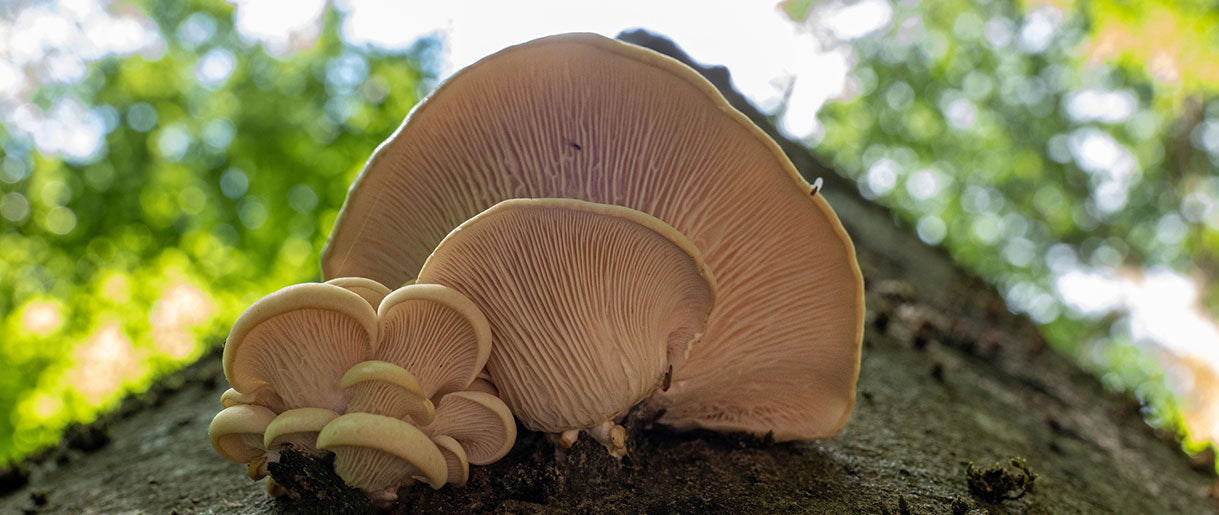
As simple as they seem, mushrooms have a rich tapestry of fascinating characteristics woven into their anatomy. With scientific advancements, new aspects of mushroom anatomy continue to be discovered and appreciated. Let's delve into some recent findings and unique adaptations that make mushrooms a nature marvel.
Novel Insights: Recent Discoveries in Mushroom Anatomy
The realm of fungi is still largely unexplored, with novel discoveries constantly reshaping our understanding. Recent research has unveiled the extent to which the mycelial network, often considered the "internet of the forest," facilitates communication and resource sharing among trees in a forest. This interconnectedness has redefined our understanding of forest ecosystems, depicting a more communal and cooperative natural world.
Another intriguing discovery concerns bioluminescent mushrooms. Scientists have found that certain mushroom species glow in the dark to attract insects. These insects then help spread the mushroom's spores, demonstrating a clever adaptation for survival and propagation.
A World of Adaptations: Unique Peculiarities in Mushroom Anatomy
When it comes to unique adaptations, mushrooms do not disappoint. Some mushrooms, like the Bird's Nest Fungi, have a splash-cup mechanism to disperse their spores. When a raindrop hits its cup-like structure, the 'eggs' or peridioles containing spores are thrown out and can adhere to nearby surfaces, resulting in new colonies.
On the other hand, some fungi have evolved complex traps to capture and digest microscopic animals, supplementing their nutrient intake. Species like the oyster mushroom have been observed luring nematodes into a labyrinth of specialized mycelium that immobilizes and digest unfortunate creatures.
Truffle mushrooms have developed an interdependence with animals for spore dispersal in a more benign interaction. Their strong aroma attracts animals like pigs and rodents, who eat the truffles and later excrete the spores, helping to propagate these delicious and highly prized fungi.
FAQs About Mushroom Anatomy
How Does The Size And Shape Of A Mushroom Cap Affect Its Ability To Spread Spores?
The size and shape of a mushroom cap, also known as the pileus, play a significant role in how a mushroom disperses its spores. The cap acts like an umbrella, protecting the gills or pores where the spores are produced.
Larger caps can contain more gills or pores, allowing the mushroom to produce and release more spores. Furthermore, a larger cap can catch more wind, which is often a primary mechanism for spore dispersal in many species. This allows the spores to travel farther, enhancing the mushroom's potential to colonize new areas.
The shape of the cap is also important. Some mushrooms have convex or flat caps that direct the spores downwards, while others, like the inky cap mushroom, have caps that liquefy to release the spores. Certain species even have a conical or bell-shaped cap that directs the wind in a specific way to facilitate spore dispersal.
What Kind Of Environment Is Most Conducive To Mushroom Mycelium Growth?
The growth of mushroom mycelium, the vegetative part of a fungus, is influenced by several environmental factors. Here are some essential conditions that are conducive to its growth:
- Substrate: Mycelium grows best on a nutrient-rich substrate. This substrate can vary widely depending on the species of mushroom. Some prefer dead or decaying organic material, like leaves, wood, or compost. In contrast, others, known as mycorrhizal fungi, form symbiotic relationships with plant roots and grow in the soil near them.
- Moisture: Mycelium requires a high moisture level to grow. A dry environment can inhibit growth and even kill the mycelium. However, an overly saturated environment can also be detrimental, as it may encourage bacterial growth that can compete with or harm the mycelium.
- Temperature: Different species of mushrooms prefer different temperature ranges for optimal growth. However, many species grow well in moderate temperatures between 70-75°F (21-24°C).
- Oxygen and Carbon Dioxide Levels: Mushrooms need oxygen to grow but also produce carbon dioxide. Proper air exchange is critical, as high carbon dioxide levels can inhibit mycelium growth.
- pH Level: The pH of the substrate also affects mycelium growth. Most mushrooms prefer slightly acidic to neutral pH levels.
- Light: While mushrooms are not photosynthetic and don't need light for energy, some light exposure can influence mushroom mycelium growth and fruiting body development in certain species.
It's important to note that these conditions can vary widely among different mushroom species. Each species has evolved to thrive in unique environmental conditions, and what is conducive for one may not be for another.
Why Do Some Mushrooms Have Rings On Their Stems, And What Purpose Do They Serve?
The ring on some mushrooms' stems (or stipe) is called an annulus. This structure is a remnant of the partial veil, a thin piece of tissue that protects a mushroom's developing gills or pores. As the mushroom matures and its cap expands, the veil breaks, often leaving behind the ring on the stem.
The primary function of the annulus is to protect the immature spore-producing structures, ensuring they can develop without damage. In some species, the annulus may also have a secondary role in spore dispersal, catching falling spores and creating a localized 'spore print.'
What Is A Mushroom's Volva's Role in Its Life Cycle And Propagation?
The volva is a unique feature in certain mushroom species, such as the Amanita genus. It is a cup-like structure or a series of concentric rings at the base of the mushroom stem.
The volva is the remnant of the universal veil, a protective tissue that encloses the entire mushroom when it is young and still in the button stage. As the mushroom grows and the cap expands, the universal veil ruptures, sometimes leaving remnants on the cap's surface (which appear as warts or patches) and the base of the stem, where it forms the volva.
The volva doesn't directly play a role in the mushroom's propagation, primarily accomplished by releasing and dispersing spores from the gills or pores under the cap. However, it does play a crucial role in the early development of the mushroom by protecting the young fruiting body.
Key Takeaways
Throughout this exploration into mushroom anatomy, we've journeyed from the visible to the microscopic, shedding light on the intricacies and functions of various parts of a mushroom.
We started with the basics of mushroom anatomy, delving into key terms and understanding how a mushroom's structure supports its lifecycle. We learned about the different parts of a mushroom, such as the cap, gills, stem, mycelium, and spores, each playing a vital role in the mushroom's survival and reproduction.
We also took a detailed look at the different parts of a mushroom, discussing the variations in structure and function across various species. This section highlighted the immense diversity in the mushroom kingdom, with unique adaptations and roles each species plays in its ecosystem.
Understanding mushroom anatomy is not just an academic endeavor. For enthusiasts and foragers, it's a way to appreciate the complexity and diversity of the fungal world, safely identify edible species, and even cultivate mushrooms at home. For researchers, it is fundamental to studying mushroom ecology, developing sustainable agricultural practices, discovering new medicinal compounds, and even tackling environmental challenges.
But the world of mushrooms doesn't end here. It's a vast and ever-evolving field with so much left to uncover.Please comment below if you've enjoyed this deep dive into mushroom anatomy or have personal experiences, insights, or questions. We'd love to continue exploring the incredible world of mushrooms together.




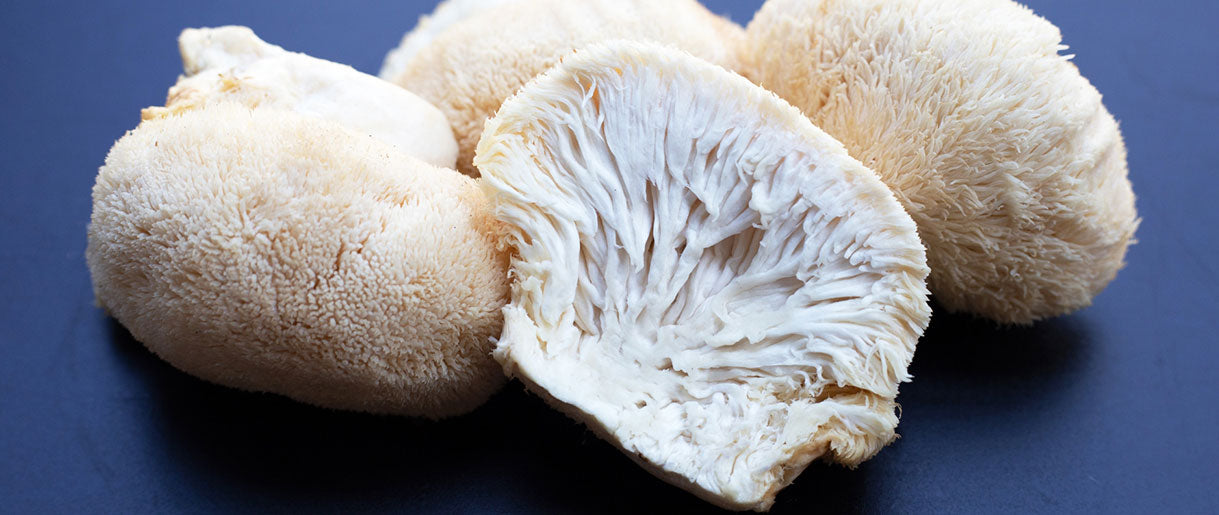

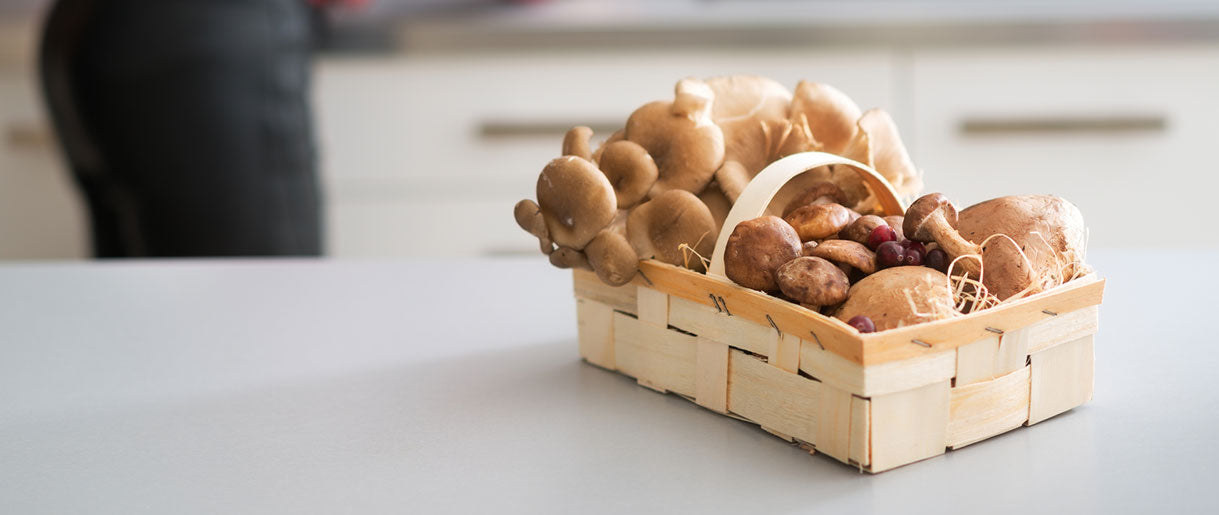
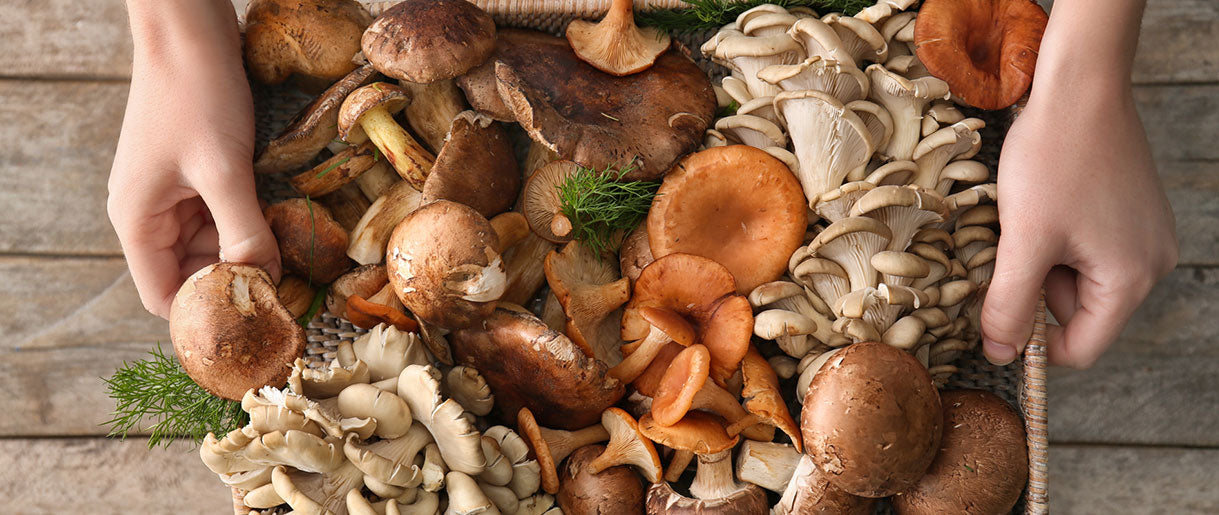
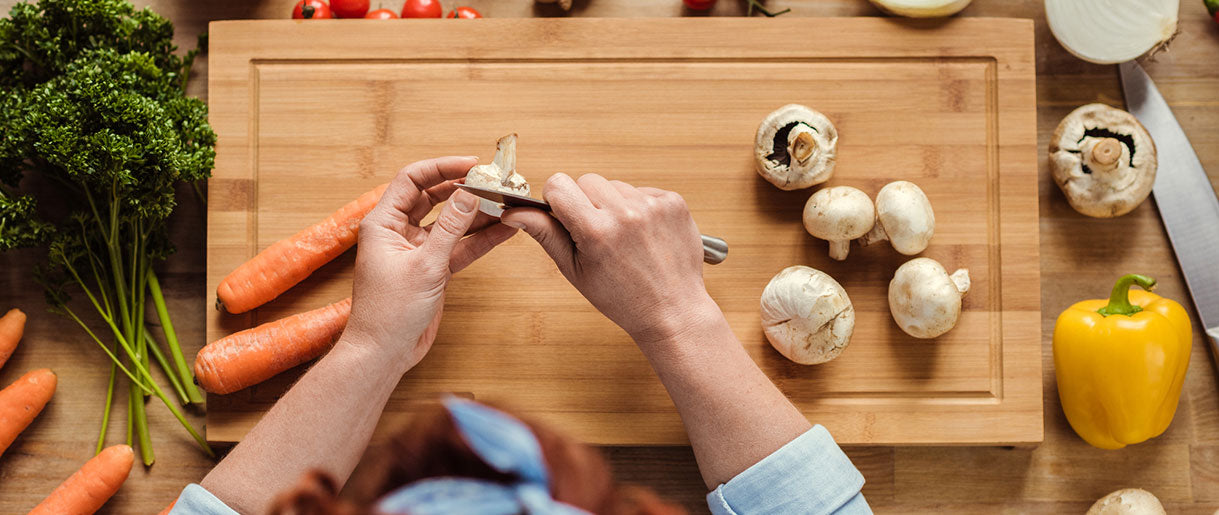
Let Us Know Your Comments